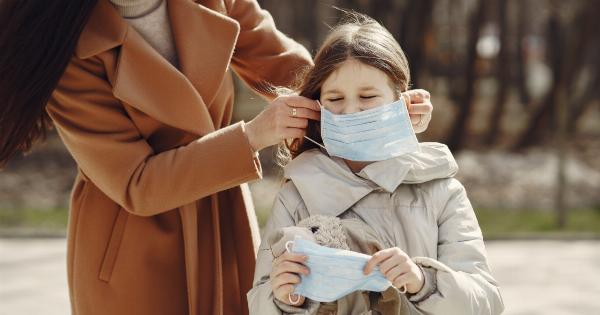As summer approaches and the days get warmer, it is important for parents to keep their children safe from the harmful effects of the sun.
Sun safety is not only crucial for preventing painful sunburns but also for protecting their delicate skin from long-term damage and reducing the risk of skin cancer later in life. In this parent’s guide, we will discuss important tips and strategies to ensure sun safety for children.
The Importance of Sun Protection
Exposure to the sun’s ultraviolet (UV) rays is the primary cause of skin damage, including sunburns, premature aging, and skin cancer. Children’s skin is particularly vulnerable to the sun as it is thinner and more sensitive than adult skin.
Sunburns in childhood significantly increase the risk of developing skin cancer later in life, making sun protection crucial right from early childhood. By establishing sun-safe habits during childhood, parents can help protect their children’s skin and prevent future damage.
Choose the Right Sunscreen
Selecting the right sunscreen for your child is essential. Look for broad-spectrum sunscreens that protect against both UVA and UVB rays. The sunscreen should have a minimum SPF (sun protection factor) of 30.
Apply sunscreen generously and ensure that all exposed areas of the skin are covered, including ears, nose, and feet. Reapply sunscreen every two hours or immediately after swimming or excessive sweating. Remember to check the expiration date of the sunscreen and discard expired products.
Timing and Avoidance
It is vital to plan outdoor activities around the sun’s peak hours, typically between 10 am and 4 pm, when the UV rays are the strongest. If possible, schedule outdoor playtime early in the morning or later in the afternoon.
Seek shade or create your own shade using umbrellas, canopies, or sun tents. Encourage children to take frequent breaks in shaded areas to minimize their sun exposure.
If your child must be outside during peak hours, make sure they are well-protected with sunscreen, protective clothing, and accessories such as hats and sunglasses.
Protective Clothing
Dressing your child in protective clothing is an excellent way to shield them from harmful UV rays. Opt for lightweight, loose-fitting clothing made from tightly woven fabrics that provide better sun protection.
Long-sleeved shirts, long pants, and skirts offer more coverage than their short counterparts. Additionally, choose clothes with a high UPF (Ultraviolet Protection Factor) rating. UPF clothing is specifically designed to block UV rays and can provide an extra layer of defense against the sun.
Eyes and Hats
Children’s eyes are also susceptible to damage from the sun’s rays. It is crucial to protect their eyes by ensuring they wear sunglasses that offer 100% UV protection.
Look for sunglasses specifically designed for children, as they are often more durable and have better coverage. Along with sunglasses, hats are another essential accessory to shield your child’s face, neck, and ears from the sun. Opt for wide-brimmed hats that provide shade and cover sensitive areas effectively.
Hydration and Shade
During outdoor activities, it is important to keep your child hydrated to prevent heat-related illnesses. Have them drink plenty of water before, during, and after playtime in the sun. Encourage regular water breaks and choose water over sugary drinks.
Furthermore, make shade a priority by setting up play areas under trees or using umbrellas and other sunshade devices. Creating a shaded oasis allows your child to enjoy outdoor play while reducing their direct exposure to the sun.
Leading by Example
Children are more likely to adopt sun-safe behaviors if they see their parents following them as well. Be a role model for your child by practicing proper sun protection yourself.
Apply sunscreen, wear protective clothing, and demonstrate good habits such as seeking shade and wearing hats and sunglasses. Emphasize the importance of sun safety to your child and educate them about the potential risks of unprotected sun exposure.
Education and Awareness
Teach your child about the importance of sun safety from a young age. Explain why protecting their skin from the sun is necessary and the potential consequences of sunburns and excessive sun exposure.
Encourage them to ask questions and involve them in the decision-making process when selecting sun-safe clothing and accessories. By fostering awareness and understanding, you are empowering your child to take responsibility for their own sun protection.
Monitor and Seek Medical Advice
Regularly examine your child’s skin for any changes, such as new moles, freckles, or discoloration. If you notice any concerning changes or persistent skin issues, seek medical advice from a dermatologist.
They can assess your child’s skin health and provide further guidance on sun protection specific to their needs.
Conclusion
Ensuring sun safety for children is a crucial part of parenting. By following these strategies and taking the necessary precautions, parents can protect their children from harmful UV rays, reduce the risk of sunburns, and promote long-term skin health.
Remember, the sun can be both a friend and a foe, and with the right precautions, children can enjoy the outdoors while staying safe from its harmful effects.


























